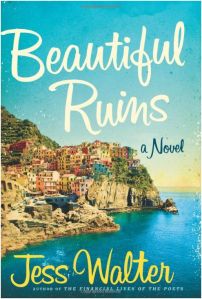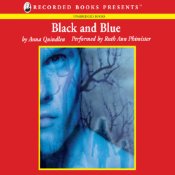Marisha Pessl specializes in strange titles, not necessarily designed to entice the reader. Her first novel is entitled Special Topics in Calamity Physics. It took several years before I took a gamble with that one. Her second one, Night Film, was one I considered more accessible, but of course by then I’d experienced her first and knew that I’d read anything she put on paper.
Pessl’s works are complex. They are long books. Special Topics is 528 pages, and 640 pages are need to tell Night Film. I am sure some reviewers may say they are too long, could be tightened up, and drag in the middle. That all might be true, except that to remedy any of those faults would be at the sacrifice of her incredible descriptive prose, the weird quirks of plot changes you’d never expect, and the in-depth characterization of some highly unique protagonists. I wouldn’t miss a word. Pessl is remarkably well-read to use all the literary references she works into her manuscripts so elegantly on point. (Special Topics is written as a course outline of study, with each section titled with a different literary work.)
Both are mysteries that start with a questionable death in the first pages, and the remaining hundreds of pages involve a lot of head-scratching, marveling at weird scenarios characters get themselves into, and ultimately a long denouement to some very unpredictable endings. I can’t go any deeper into the details without creating spoilers. These are books that have to be experienced, and they will haunt you for years afterwards. Highly recommended.













